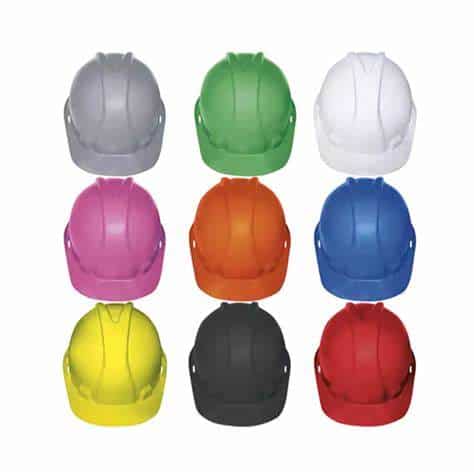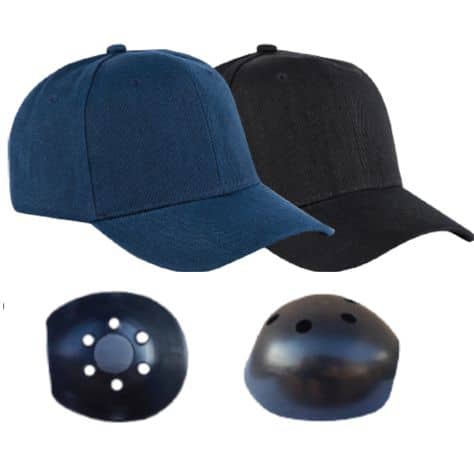| Safety Helmets |
Falling objects, head trauma, electrical shock |
Construction, mining, warehousing |
Shock absorption, adjustable straps, optional visors |
| Protective Eyewear |
Dust, debris, chemical splashes, UV rays |
Manufacturing, labs, woodworking |
Anti-fog lenses, side shields, impact resistance |
| Hearing Protection |
Loud machinery, prolonged noise exposure |
Factories, airports, construction sites |
Foam earplugs, earmuffs, noise reduction rating (NRR) |
| Respirators and Face Masks |
Dust, fumes, airborne particles, pathogens |
Chemical plants, painting, healthcare |
N95 filters, half/full-face options, replaceable filters |
| High-Visibility Clothing |
Low visibility, moving vehicles |
Roadwork, logistics, night shifts |
Reflective strips, breathable mesh, ANSI compliant |
| Protective Gloves |
Cuts, abrasions, chemicals, heat |
Welding, chemical handling, assembly |
Nitrile, leather, cut-resistant, thermal insulation |
| Steel-Toe Safety Boots |
Crushing, punctures, slips, electrical hazards |
Construction, warehousing, logistics |
Steel toe caps, anti-slip soles, waterproofing |
| Coveralls and Overalls |
Dirt, chemicals, sparks, abrasions |
Workshops, chemical plants, maintenance |
Flame-retardant, acid-resistant, multi-pocket design |
| Fall Protection Harnesses |
Falls from height |
Roofing, scaffolding, tower work |
Full-body harness, shock-absorbing lanyards, anchors |
| Arc Flash Protection Gear |
Electrical arc explosions, extreme heat |
Electrical maintenance, substations |
ARC-rated fabrics, flame resistance, layered protection |
| Welding Protection Equipment |
Sparks, UV radiation, molten metal |
Welding, metal fabrication |
Auto-darkening helmets, leather aprons, heat-resistant gloves |
| Disposable PPE |
Contamination, infection, spills |
Food processing, healthcare, cleanrooms |
Single-use, lightweight, easy to dispose |









